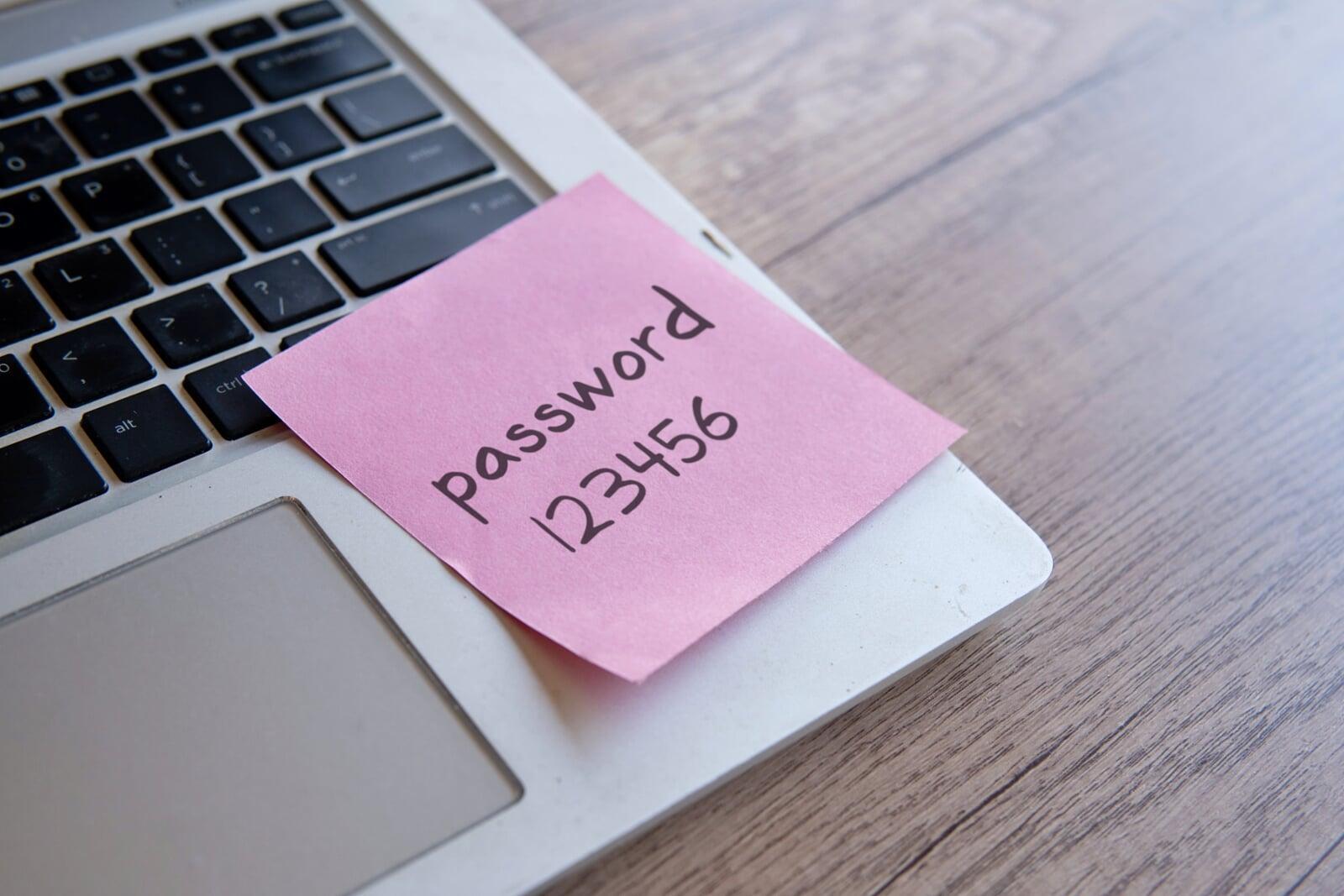
Understanding One of the Most Underrated Cyber Threats Today
As cyber threats grow more sophisticated, attackers are relying on methods that exploit human behavior and weak credentials. One such method is password spraying—a stealthy and highly effective attack that targets multiple accounts using common passwords.
At Cascade IT Services, located in Bend, Central Oregon, we help businesses recognize and defend against evolving threats like password spraying. This guide will explain how this attack works, how it differs from traditional brute-force attacks, and the security strategies organizations can adopt to prevent it.
What Is Password Spraying and How Does It Work?
Password spraying is a type of brute-force cyberattack where an attacker attempts to gain access to multiple accounts using a single password or a small list of commonly used passwords. Unlike traditional brute-force attacks that target one account with many password attempts—often triggering lockouts—password spraying spreads the attempts across many accounts, minimizing detection.
How It Happens:
- Attackers collect lists of valid usernames from data breaches or public directories.
- Using a shortlist of common passwords (e.g., “Welcome123” or “Password1”), they attempt login access across many accounts.
- Because only one password is used per account at a time, the attack often avoids triggering security alarms or lockout policies.
This technique is frequently automated and highly scalable, making it a favorite tactic among cybercriminals—including nation-state threat actors—looking for a low-effort way to compromise systems.
How Is Password Spraying Different from Other Cyberattacks?
Understanding the distinction between password spraying and other brute-force methods is key to developing effective defenses.
Brute-Force Attacks:
These involve trying many passwords on a single account until one works. Brute-force methods often trigger lockouts or alarms because of repeated failed login attempts.
Credential Stuffing:
This technique uses stolen username/password combinations from previous breaches and tests them on different platforms. It's less about guessing and more about reusing known credentials.
Password Spraying:
In contrast, password spraying uses one password across many accounts, allowing attackers to bypass lockout mechanisms and stay under the radar.
The distributed nature of the attack makes it difficult to detect using traditional monitoring tools unless specific detection patterns are in place.
How Can Organizations Detect and Prevent Password Spraying?
Detecting password spraying requires a combination of proactive monitoring, user awareness, and strong authentication practices. Below are key strategies businesses in Central Oregon and beyond should consider.
1. Implement Strong Password Policies
Encourage (or enforce) password creation rules that include:
- A minimum length of 12 characters
- A mix of upper/lowercase letters, numbers, and symbols
- Regular password changes
- Prevention of password reuse across services
Using enterprise-grade password managers helps users generate and securely manage complex credentials.
2. Deploy Multi-Factor Authentication (MFA)
MFA drastically reduces the effectiveness of password spraying. Even if a password is guessed correctly, the attacker still needs to bypass a second layer of authentication—such as a time-based code, hardware token, or biometric verification.
3. Monitor Authentication Logs
Track login activity across your network for unusual patterns, such as:
- Multiple login attempts using the same password across different accounts
- Logins from unexpected geographic locations or devices
- Repeated failed login attempts in short timeframes
Using a Security Information and Event Management (SIEM) solution can help detect these anomalies in real time.
4. Conduct Regular Security Audits
Frequent security assessments can help identify weak spots in your password management systems. These should include a review of login activity, password complexity, and user access levels.
Additional Security Measures to Combat Password Spraying
Enhance Login Detection
Set up alert thresholds for failed logins across multiple accounts. Block or flag IP addresses associated with suspicious activity. Adjust lockout policies to balance security and usability.
Educate Your Users
Hold regular training sessions to teach employees about:
- The dangers of weak or reused passwords
- How to recognize suspicious login prompts or phishing attempts
- The importance of enabling MFA
A well-informed workforce is often the first and strongest line of defense.
Prepare an Incident Response Plan
Have a documented and tested incident response plan that includes:
- Immediate password resets for affected accounts
- Notifications to impacted users
- Forensic investigation and audit of affected systems
Being prepared reduces the damage caused by a successful attack and speeds up recovery.
Taking Action Against Password Spraying
Password spraying continues to be one of the most effective and underreported cyberattack methods. It targets predictable user behavior and relies on a lack of proactive defense mechanisms.
At Cascade IT Services, we help Central Oregon businesses strengthen their security posture through:
- Security audits and risk assessments
- Custom MFA deployment
- Real-time threat detection tools
- Employee training programs
If you’re looking to improve your organization’s defense against password spraying and other cyber threats, contact us today. Our team is ready to help you protect your digital environment and ensure your sensitive data remains secure.
Disclaimer
This blog post is intended for general educational purposes only and should not be considered professional cybersecurity or legal advice. For specific guidance related to your business or IT infrastructure, please consult with a certified IT security professional. Cascade IT Services is not responsible for the use or application of third-party tools or technologies mentioned in this article.

